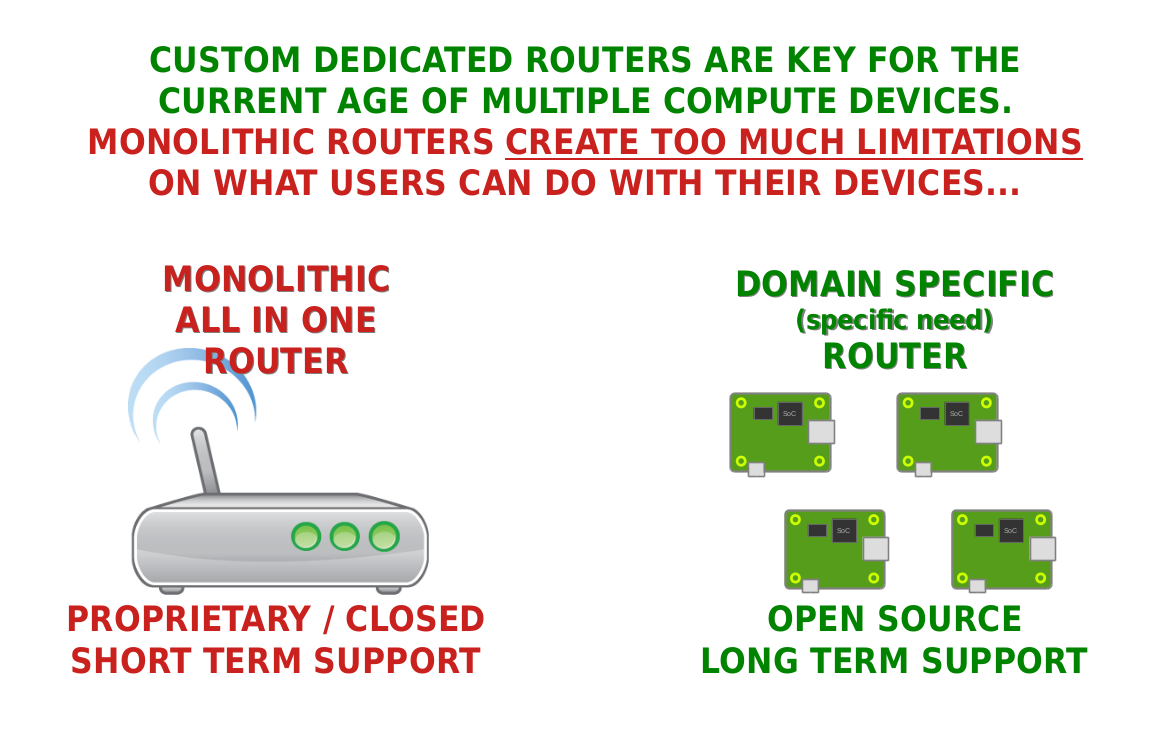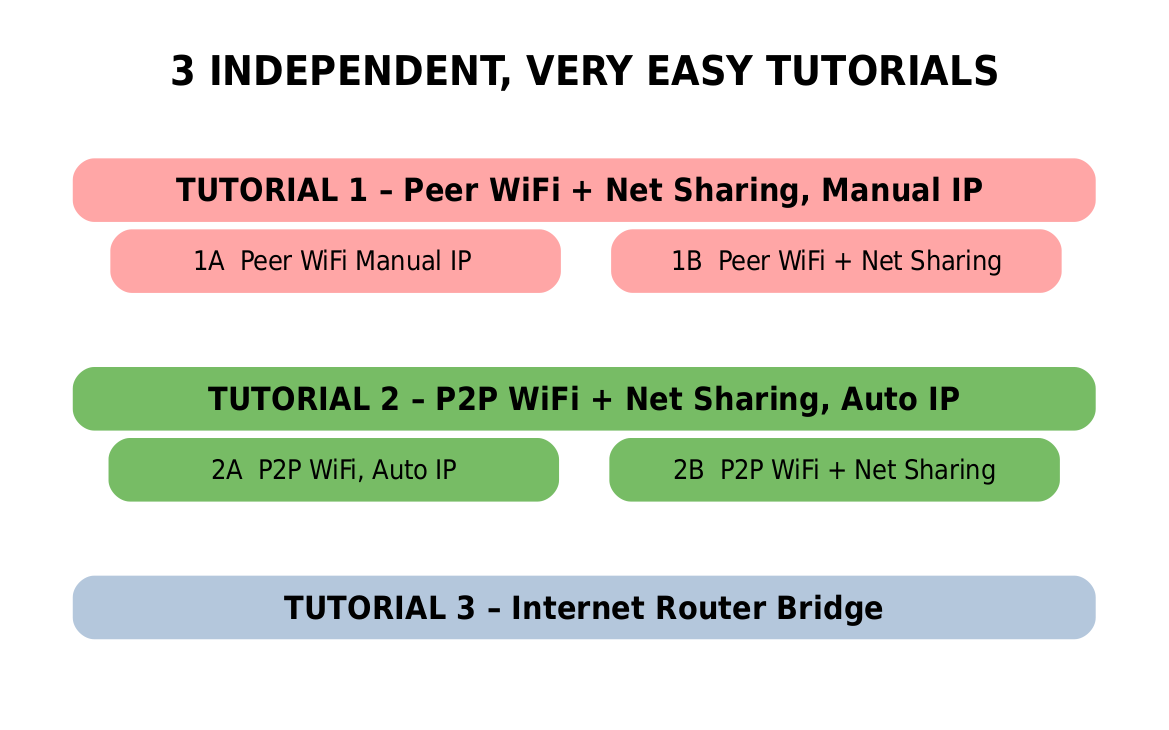Ever wondered how you can connect devices remotely using Raspberry Pi? Well, RemoteIoT P2P is your golden ticket to creating a seamless peer-to-peer network. Imagine controlling smart home devices from miles away or setting up a secure communication system without relying on traditional servers. This guide dives deep into the world of remote IoT, giving you all the tools and knowledge you need to get started. Let’s jump right in!
RemoteIoT P2P with Raspberry Pi isn't just about tech—it's about revolutionizing the way devices communicate. Whether you're a hobbyist or a professional developer, understanding this technology can open doors to endless possibilities. From home automation to industrial IoT applications, the potential is limitless.
In this article, we’ll explore everything you need to know about RemoteIoT P2P. We’ll cover the basics, advanced configurations, troubleshooting tips, and even some cool project ideas. By the end, you’ll have enough knowledge to set up your own Raspberry Pi-based IoT network. So, buckle up and let’s get rolling!
Read also:Exvikings Qbs Controversial Exit The Untold Story
What is RemoteIoT P2P and Why Should You Care?
RemoteIoT P2P stands for Peer-to-Peer communication in the Internet of Things ecosystem. It’s a method that allows devices to communicate directly with each other without needing a central server or cloud infrastructure. This setup reduces latency, enhances security, and ensures reliability, making it perfect for applications where real-time data exchange is crucial.
Raspberry Pi, being a versatile and affordable single-board computer, serves as an ideal platform for implementing RemoteIoT P2P. Its small form factor, low power consumption, and extensive community support make it a favorite among developers and enthusiasts alike.
So, why should you care? Because RemoteIoT P2P with Raspberry Pi can transform the way you interact with technology. It’s not just about building cool gadgets; it’s about creating smart solutions that improve everyday life.
Benefits of Using Raspberry Pi for RemoteIoT P2P
Raspberry Pi offers a range of benefits that make it a top choice for RemoteIoT P2P projects. Let’s break them down:
- Affordability: Raspberry Pi is incredibly budget-friendly, making it accessible for both beginners and professionals.
- Versatility: It supports a wide range of operating systems and programming languages, giving you the flexibility to develop complex applications.
- Community Support: The Raspberry Pi community is vast and active, providing endless resources and tutorials to help you along the way.
- Scalability: Whether you’re building a simple home automation system or a large-scale industrial IoT network, Raspberry Pi can handle it all.
These advantages make Raspberry Pi a powerful tool for anyone looking to explore RemoteIoT P2P technology.
Setting Up Your Raspberry Pi for RemoteIoT P2P
Before diving into the nitty-gritty of RemoteIoT P2P, you need to set up your Raspberry Pi properly. Here’s a step-by-step guide:
Read also:Blood Moon Total Lunar Eclipse 2025 A Celestial Spectacle You Donrsquot Want To Miss
Step 1: Install the Operating System
Start by installing an operating system on your Raspberry Pi. Raspbian is a popular choice, but you can also opt for other Linux-based systems like Ubuntu. Follow the official Raspberry Pi documentation for a smooth installation process.
Step 2: Configure Network Settings
Ensure your Raspberry Pi is connected to the internet. You can use Wi-Fi or Ethernet, depending on your preference. Configuring static IP addresses might be necessary for some applications to maintain consistent connectivity.
Step 3: Install Required Software
Install any software packages needed for your RemoteIoT P2P project. This could include libraries for communication protocols, data processing tools, or security enhancements.
With your Raspberry Pi set up, you’re ready to move on to the next phase of your RemoteIoT P2P journey.
Understanding the Core Concepts of RemoteIoT P2P
To fully grasp RemoteIoT P2P, it’s essential to understand its core concepts. Here are a few key points:
- Peer-to-Peer Communication: Devices communicate directly, eliminating the need for intermediaries.
- Decentralized Architecture: No central server means increased resilience and reduced single points of failure.
- Security Protocols: Implementing strong encryption and authentication mechanisms is crucial to protect data integrity.
By understanding these concepts, you’ll be better equipped to design and implement effective RemoteIoT P2P solutions.
Building Your First RemoteIoT P2P Project with Raspberry Pi
Now it’s time to put theory into practice. Here’s a simple project to get you started:
Project Idea: Smart Home Automation
Create a smart home system where you can control lights, thermostats, and security cameras remotely using Raspberry Pi. Use a P2P communication protocol like WebRTC or MQTT to ensure seamless connectivity. This project will help you understand the practical applications of RemoteIoT P2P.
Remember, the key to success lies in planning and testing. Take your time to design and refine your project, and don’t hesitate to seek help from the Raspberry Pi community if you encounter any challenges.
Advanced Configurations for RemoteIoT P2P
Once you’re comfortable with the basics, it’s time to explore advanced configurations. Here are a few ideas:
1. Enhancing Security
Implement robust security measures such as end-to-end encryption, secure key exchanges, and regular firmware updates. This ensures your RemoteIoT P2P network remains safe from potential threats.
2. Optimizing Performance
Tweak settings to improve the performance of your Raspberry Pi. This could involve adjusting CPU and memory allocation, optimizing code, and using lightweight software.
3. Expanding Functionality
Integrate additional features like voice control, AI-driven analytics, or machine learning capabilities to enhance the functionality of your RemoteIoT P2P system.
These advanced configurations will take your projects to the next level, allowing you to create more sophisticated and powerful solutions.
Troubleshooting Common Issues in RemoteIoT P2P
No project is without its challenges. Here are some common issues you might encounter and how to resolve them:
- Connection Problems: Check network settings and ensure all devices are properly configured.
- Performance Bottlenecks: Optimize your code and hardware settings to improve performance.
- Security Breaches: Regularly update software and implement strong security protocols to prevent breaches.
By addressing these issues promptly, you can ensure your RemoteIoT P2P network runs smoothly and efficiently.
Real-World Applications of RemoteIoT P2P with Raspberry Pi
RemoteIoT P2P with Raspberry Pi has numerous real-world applications. Here are a few examples:
- Industrial IoT: Monitor and control machinery in factories for increased efficiency and reduced downtime.
- Agriculture: Implement smart farming solutions to optimize resource usage and improve crop yields.
- Healthcare: Develop remote patient monitoring systems to enhance healthcare delivery.
These applications demonstrate the versatility and potential of RemoteIoT P2P technology.
Future Trends in RemoteIoT P2P
The future of RemoteIoT P2P looks promising. Advances in technology, such as 5G networks and quantum computing, will further enhance its capabilities. Expect to see more sophisticated applications and increased adoption across various industries.
Stay updated with the latest trends and innovations to remain at the forefront of this exciting field.
Conclusion: Take Action and Start Building
We’ve covered a lot of ground in this article, from the basics of RemoteIoT P2P to advanced configurations and real-world applications. The possibilities are endless, and the only limit is your imagination.
Now it’s your turn to take action. Start experimenting with Raspberry Pi and RemoteIoT P2P. Share your projects, ask questions, and engage with the community. Together, we can push the boundaries of what’s possible in the world of IoT.
So, what are you waiting for? Dive in and start building your future today!
Table of Contents
- What is RemoteIoT P2P and Why Should You Care?
- Benefits of Using Raspberry Pi for RemoteIoT P2P
- Setting Up Your Raspberry Pi for RemoteIoT P2P
- Understanding the Core Concepts of RemoteIoT P2P
- Building Your First RemoteIoT P2P Project with Raspberry Pi
- Advanced Configurations for RemoteIoT P2P
- Troubleshooting Common Issues in RemoteIoT P2P
- Real-World Applications of RemoteIoT P2P with Raspberry Pi
- Future Trends in RemoteIoT P2P
- Conclusion: Take Action and Start Building


